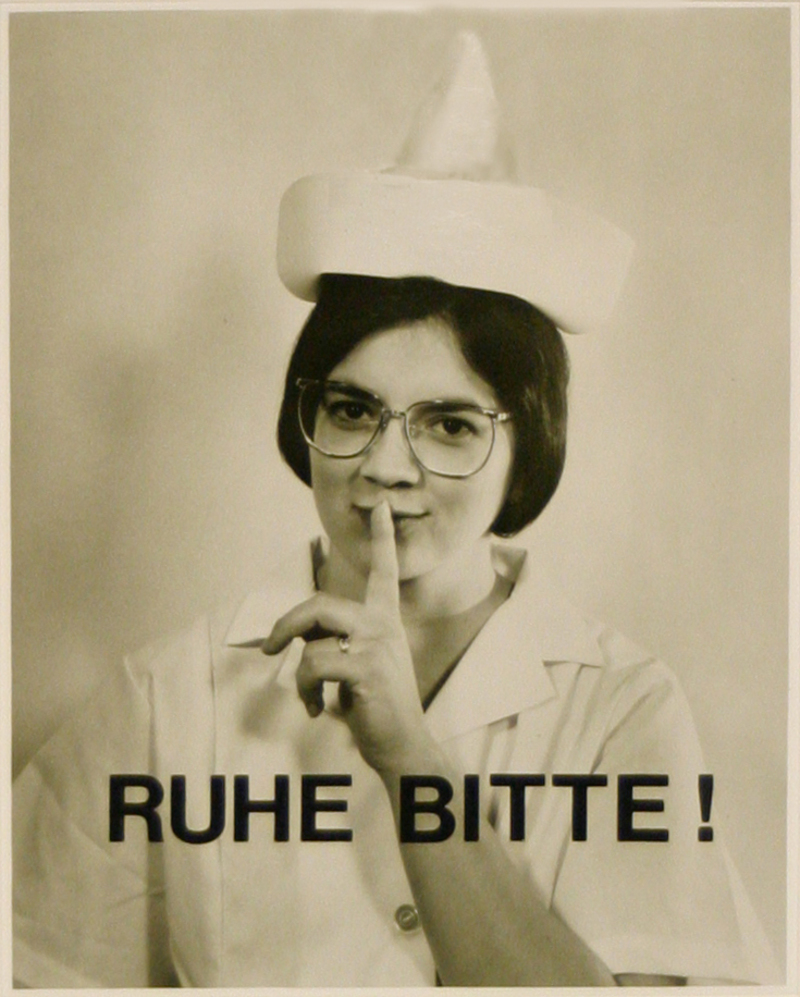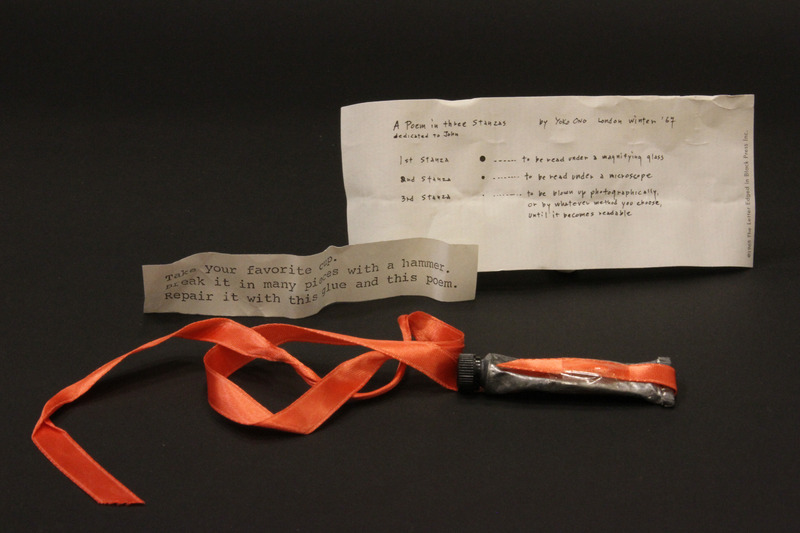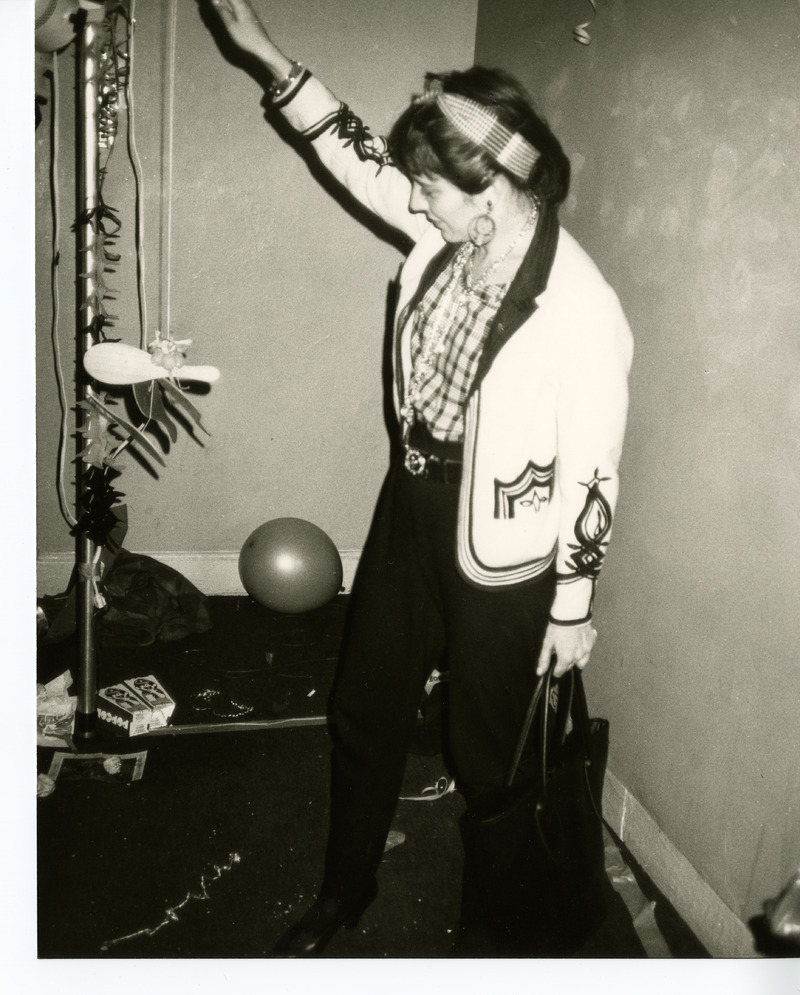Performance and Performativity in Contemporary Art
Teaching Gallery
Against the notion of a static world of things, the stress of the performative is on process, participant, event, execution, and expressive action. The concept of performativity first emerged in the United States with the philosophy of language and speech act theory in the 1950s. It has since formed a central point of discussion among areas of study as diverse as sociology, economics, and political science, as well as gender studies (especially feminism and queer theory), philosophy, and cultural linguistics (especially deconstruction). Just as the study of performativity has become widespread in academic culture, performance has become the pervasive new metrics of evaluation in dimensions of cultural action and production, from the stock market and politics to the presentation of identity through social media.
With examples by a wide range of contemporary artists, from Vik Muniz and Andy Warhol to Jenny Holtzer and Glenn Ligon, this exhibition explores the notion of performativity and its multiple manifestations across the field of contemporary visual art. Special focus is placed on works that address the performance of identity and the presentation of the self in everyday life.
This Teaching Gallery exhibition is curated by Robert Gero, lecturer in the College and Graduate School of Art, in conjunction with his graduate seminar “Contemporary Art Theory and Discourse” and undergraduate theory course “Critical Frameworks,” offered by Washington University’s Sam Fox School of Design & Visual Arts in fall 2011.
Selected works

Joseph Beuys
La rivoluzione siamo Noi (We Are the Revolution)
1972
Jenny Holzer
Selections from "The Survival Series"
1983–84
Glenn Ligon
Untitled, from the portfolio Runaways
1993
Glenn Ligon
Untitled, from the portfolio Runaways
1993
Glenn Ligon
Untitled, from the portfolio Runaways
1993
Glenn Ligon
Untitled, from the portfolio Runaways
1993
Glenn Ligon
Untitled, from the portfolio Runaways
1993
Glenn Ligon
Untitled, from the portfolio Runaways
1993
Richard Long
Mud Hand Africa Map
1985
Vik Muniz
Untitled, from the portfolio White Noise
1991
Vik Muniz
Untitled, from the portfolio White Noise
1991
Vik Muniz
Untitled, from the portfolio White Noise
1991
Vik Muniz
Untitled, from the portfolio White Noise
1991
Andy Warhol
Unidentified Man with Dogs
1984
Andy Warhol
Nude Models (Man and Victor Hugo), MP
c. 1977
Andy Warhol
Priests, Cops and Guests Standing Outside of Church
n.d.
Andy Warhol
Man Holding Video Camera and Bearded Man Holding Lights on Woman in a Crowded Room
n.d.
Andy Warhol
Cut Flowers
n.d.
Jirō Yoshihara
White Line on Black
1968
Andrea Fraser
Little Frank and His Carp
2001
Joseph Beuys
Noiseless Blackboard Eraser
1974
John Cage
Diary: How to Improve the World (You will Only Make Matters Worse) Continued 1968, from S.M.S. No. 4
1968
Unknown (Japanese)
Pocket Shrine
modern
La Monte Young
Drift Study 4:37:40-5:09:50 5 VIII 68, from S.M.S. No. 4
1968
Yoko Ono
Mend Piece for John, from S.M.S. No. 5
1968
Richard Serra
Rolled, Encased & Sawed, from the set 7 Objects/69
1969
Eva Hesse
Enclosed, from the set 7 Objects/69
1969
Bruce Nauman
Record, from the set 7 Objects/69
1969
Unknown (North American Indian, Umatilla)
Dance Rattle
n.d.
Andy Warhol
Unidentified Woman
n.d.
Andy Warhol
Frederick Hughes
n.d.
Andy Warhol
John and Lorraine Chamberlain
n.d.
Andy Warhol
Stores
n.d.
Andy Warhol
Grace Jones and Unidentified Man
n.d.Teaching Gallery
The Teaching Gallery is a space in the Kemper Art Museum dedicated to presenting works from the Museum's collection with direct connections to Washington University courses. Teaching Gallery installations are intended to serve as parallel classrooms and can be used to supplement courses through object-based inquiry, research, and learning. Learn more